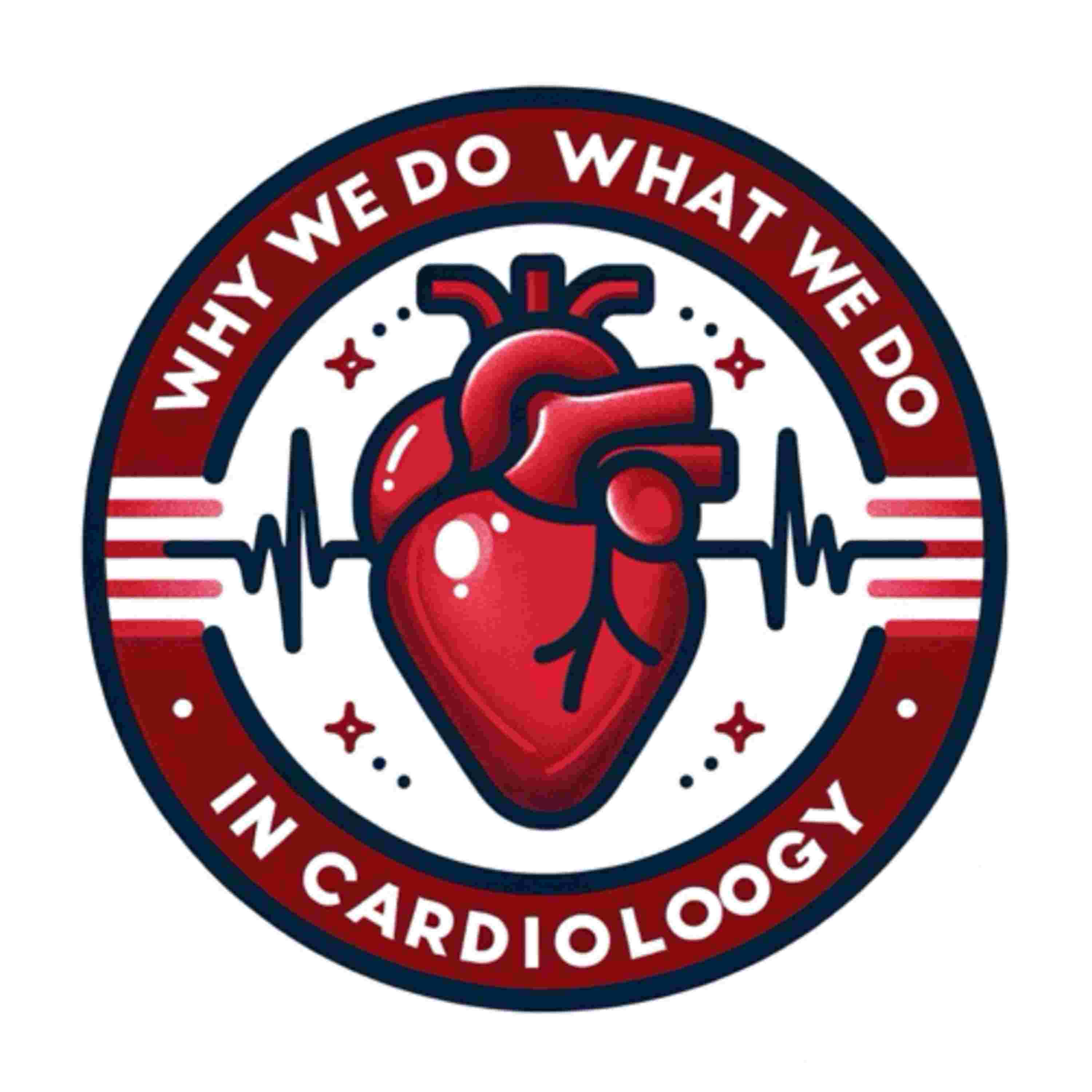

The HF-OPT study investigated the improvement of left ventricular ejection fraction (LVEF) beyond 90 days in patients with newly diagnosed heart failure with reduced ejection fraction (HFrEF).
In this prospective, multicenter observational study, 1,300 patients with HFrEF (LVEF ≤35%) were initially enrolled.
Participants wore a wearable cardioverter-defibrillator (WCD) and received guideline-directed medical therapies (GDMT).
LVEF was measured at 0, 90, 180, and 360 days.
By day 90, 46% had an LVEF >35%; this increased to 68% by day 180 and 77% by day 360.
High GDMT usage was noted, with 97% on beta-blockers, 94% on ACE inhibitors/angiotensin-receptor blockers/ARNI, and 62% on mineralocorticoid antagonists by day 180.
Achieving target doses of all three GDMT classes was associated with significant LVEF improvement.
The study recorded low rates of ventricular arrhythmias beyond the initial 90 days.
These results underscore the potential benefits of continuous GDMT optimization. They suggest that delayed implantable cardioverter-defibrillator (ICD) implantation may be reasonable for selected patients, allowing for further LVEF improvement.
This emphasizes the importance of optimal dosing and continuous GDMT for effective heart failure management, highlighting the need for expedited GDMT titration and a tailored approach to heart failure care.
Reference: European Heart Journal, ehae334, https://doi.org/10.1093/eurheartj/ehae334